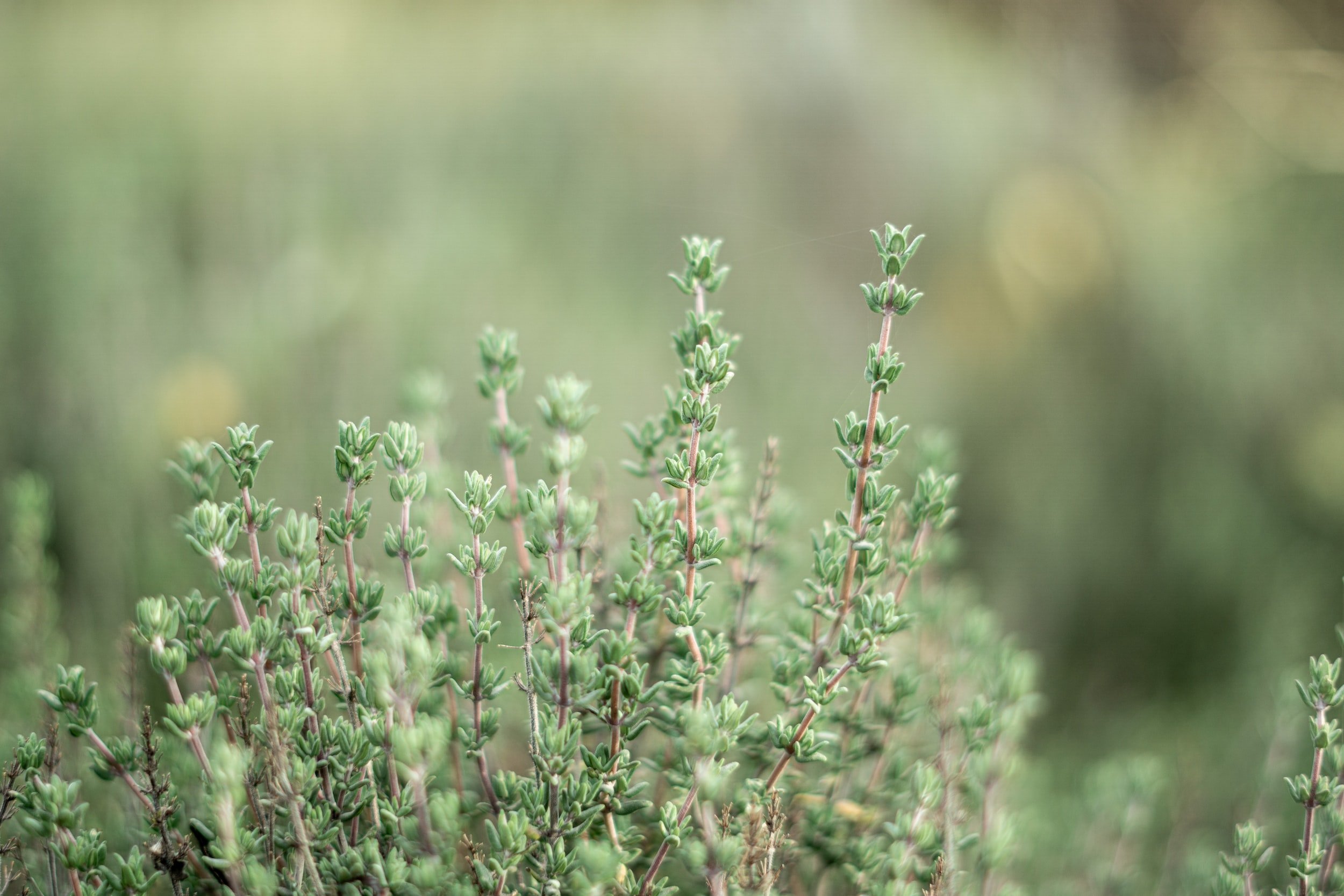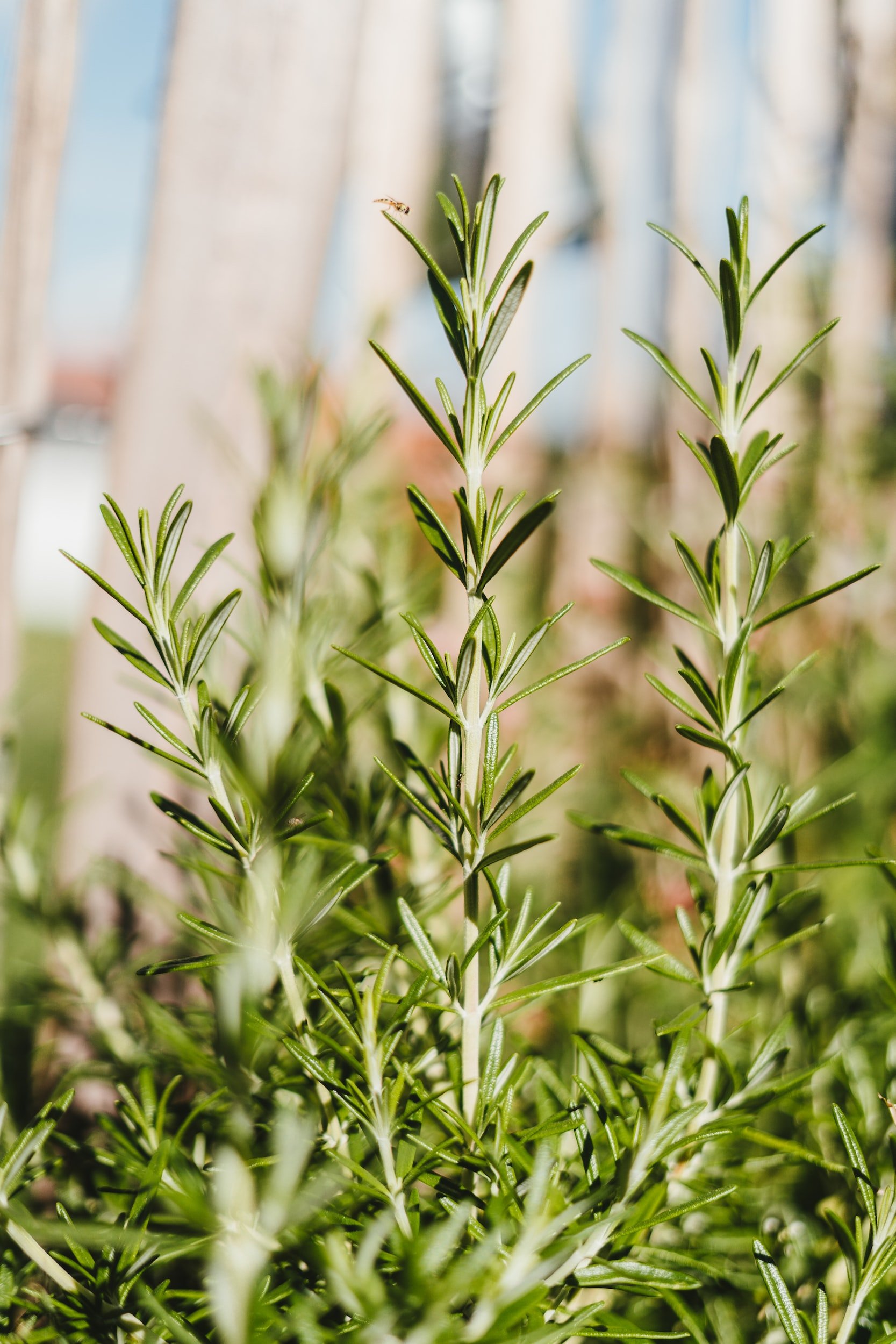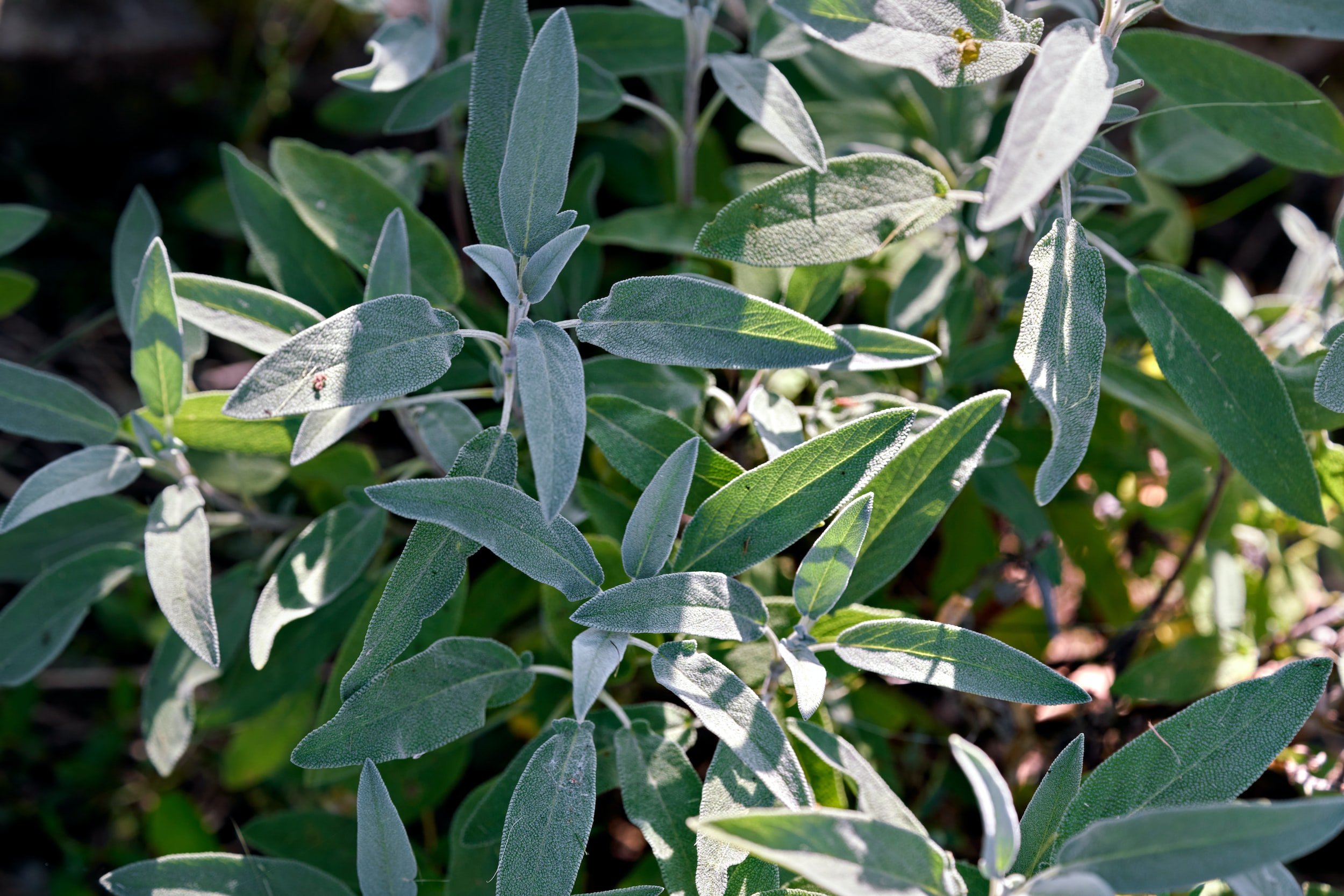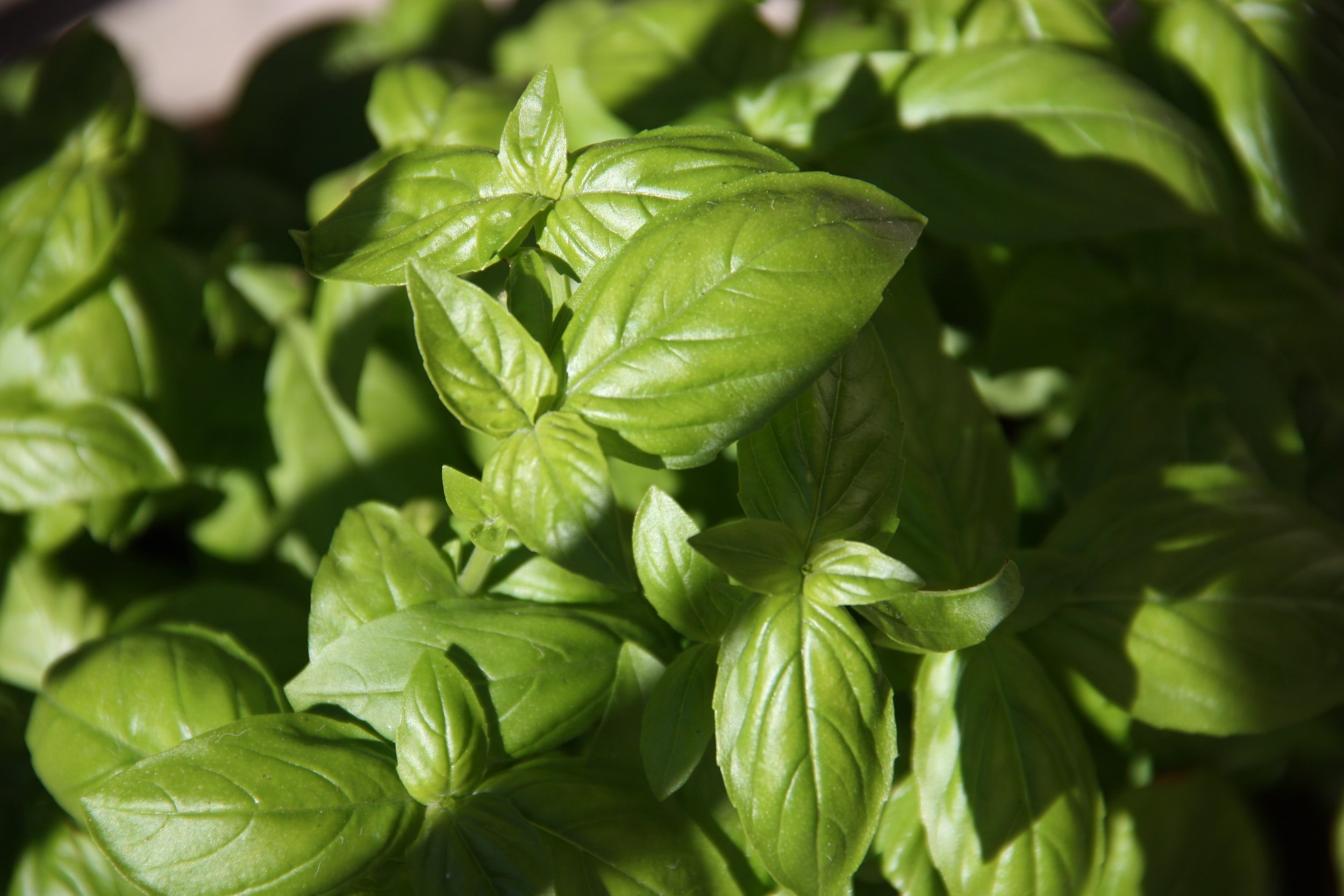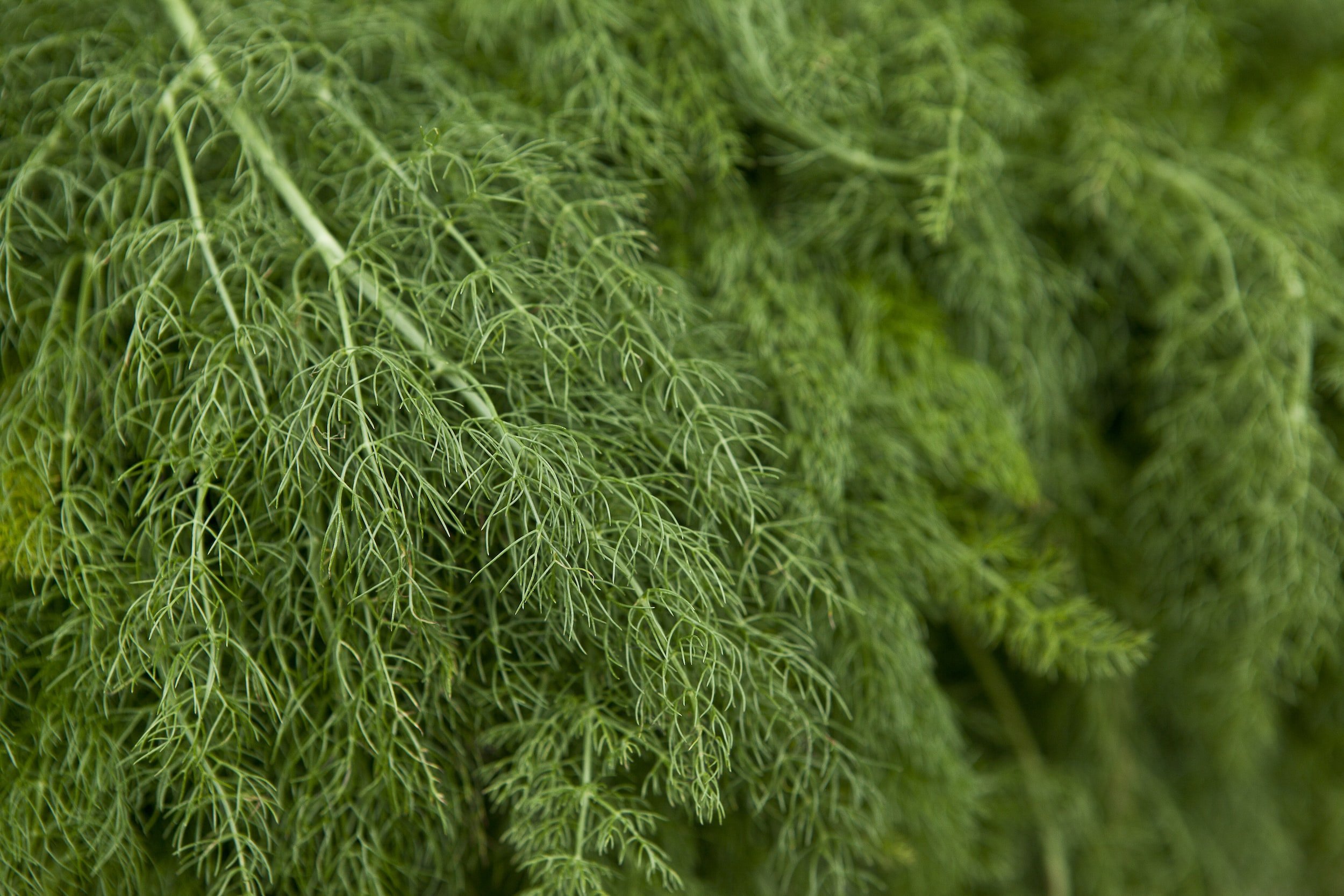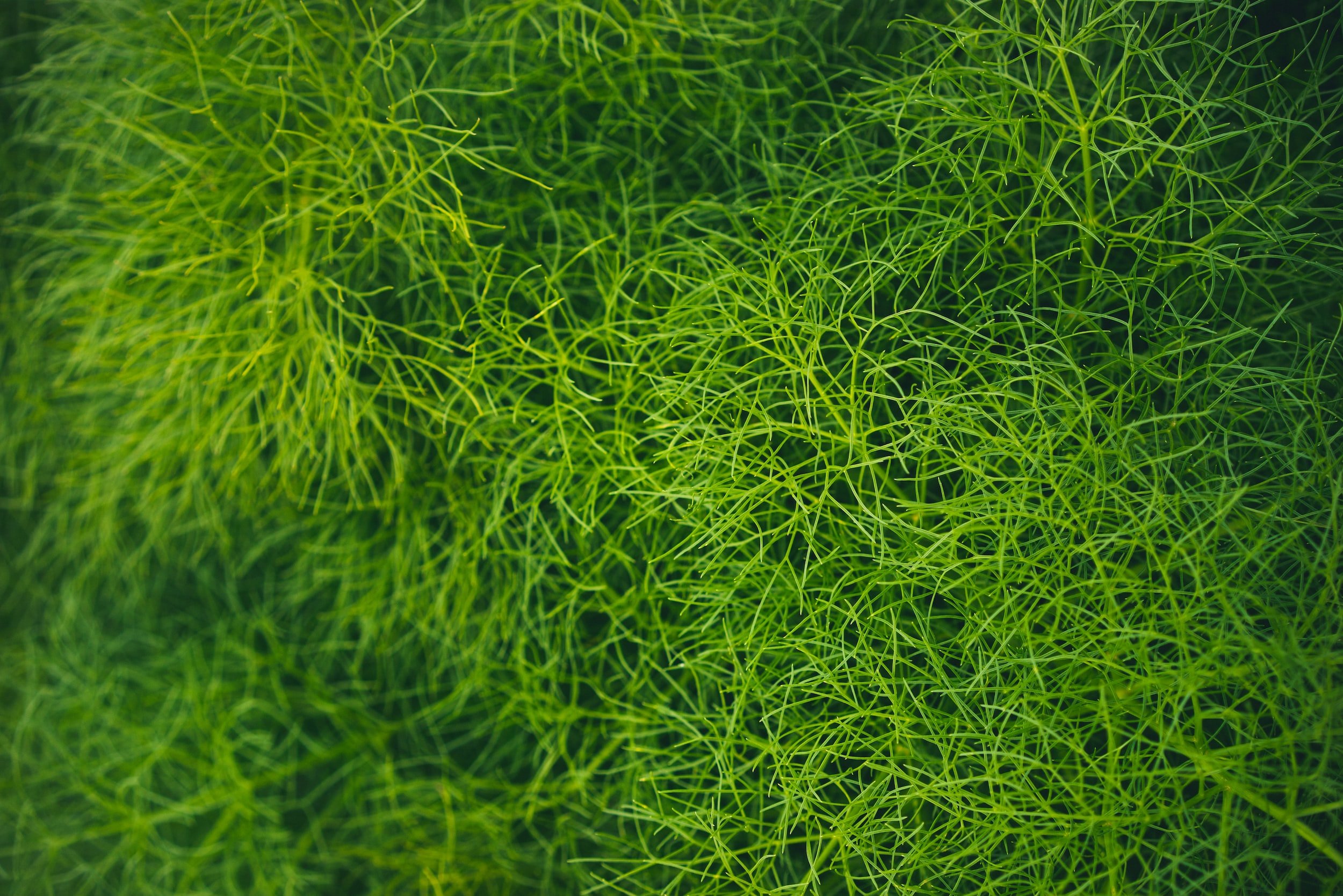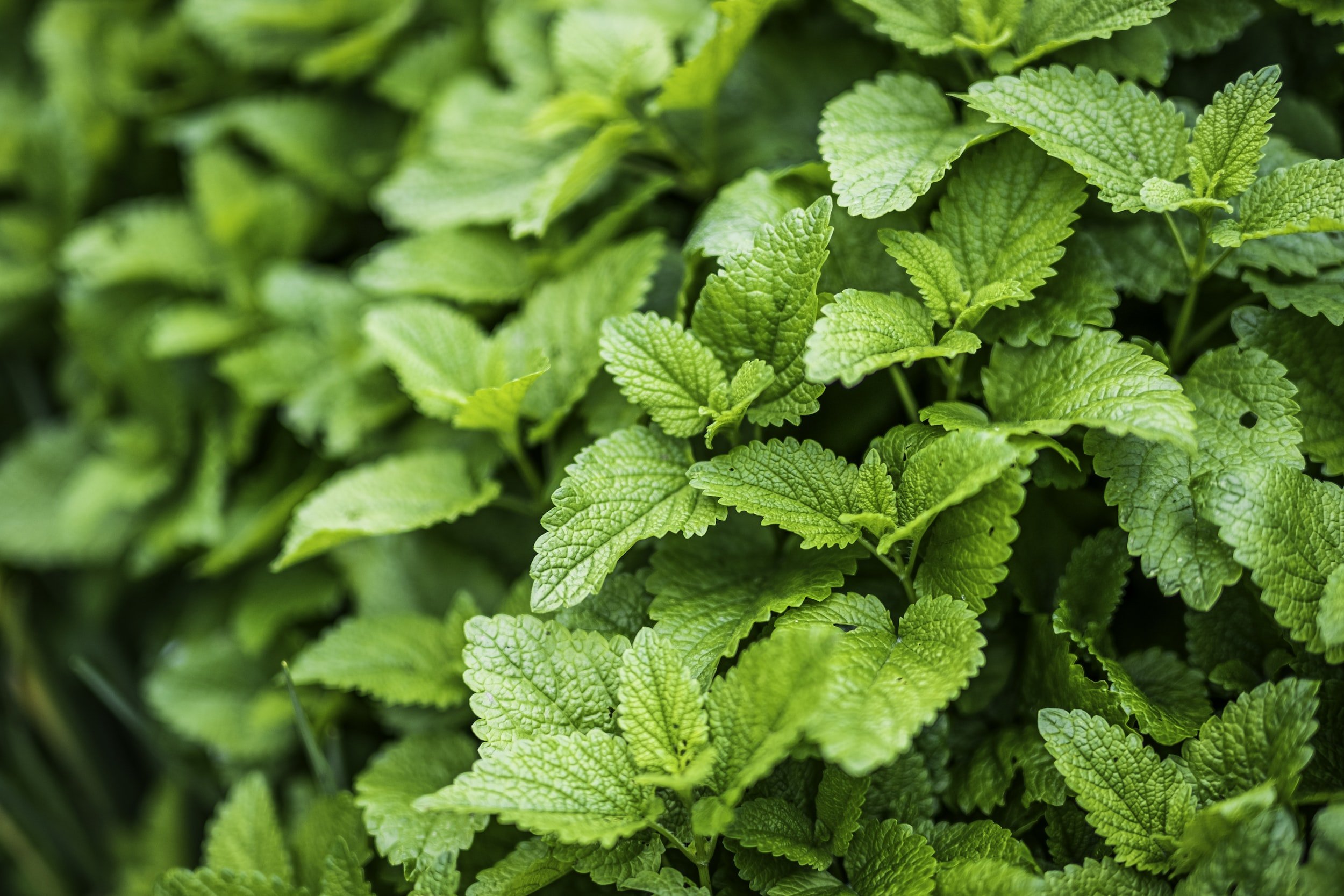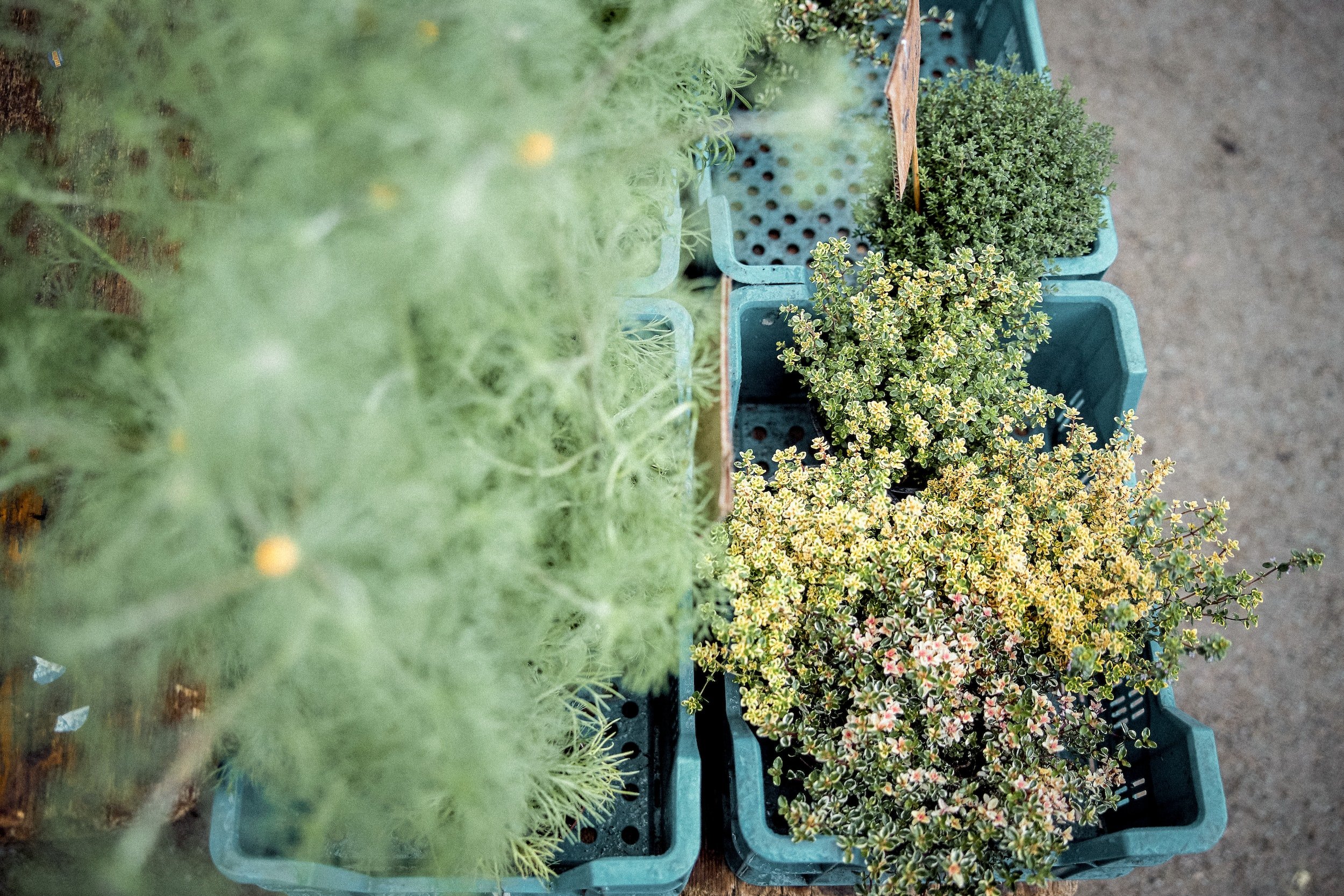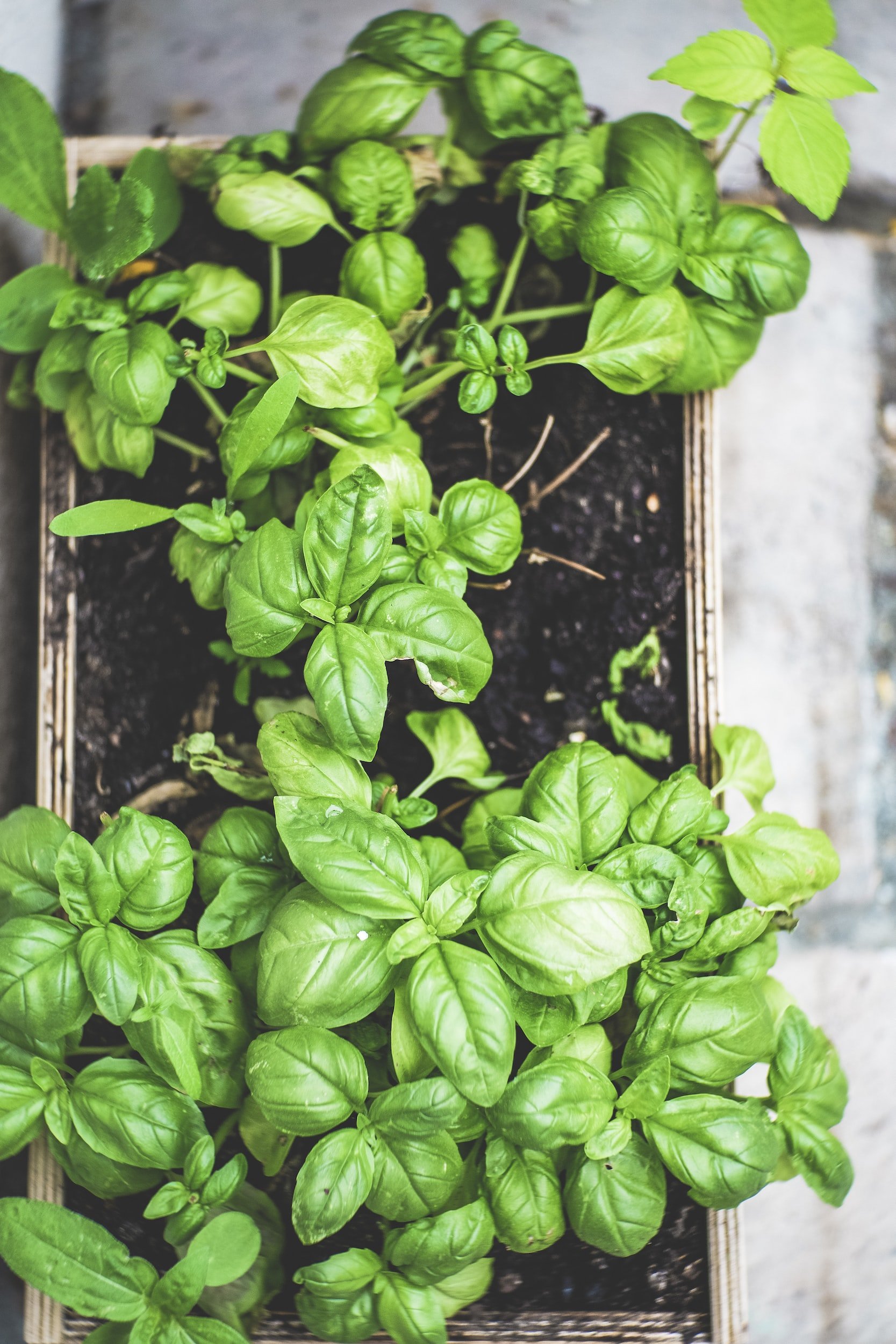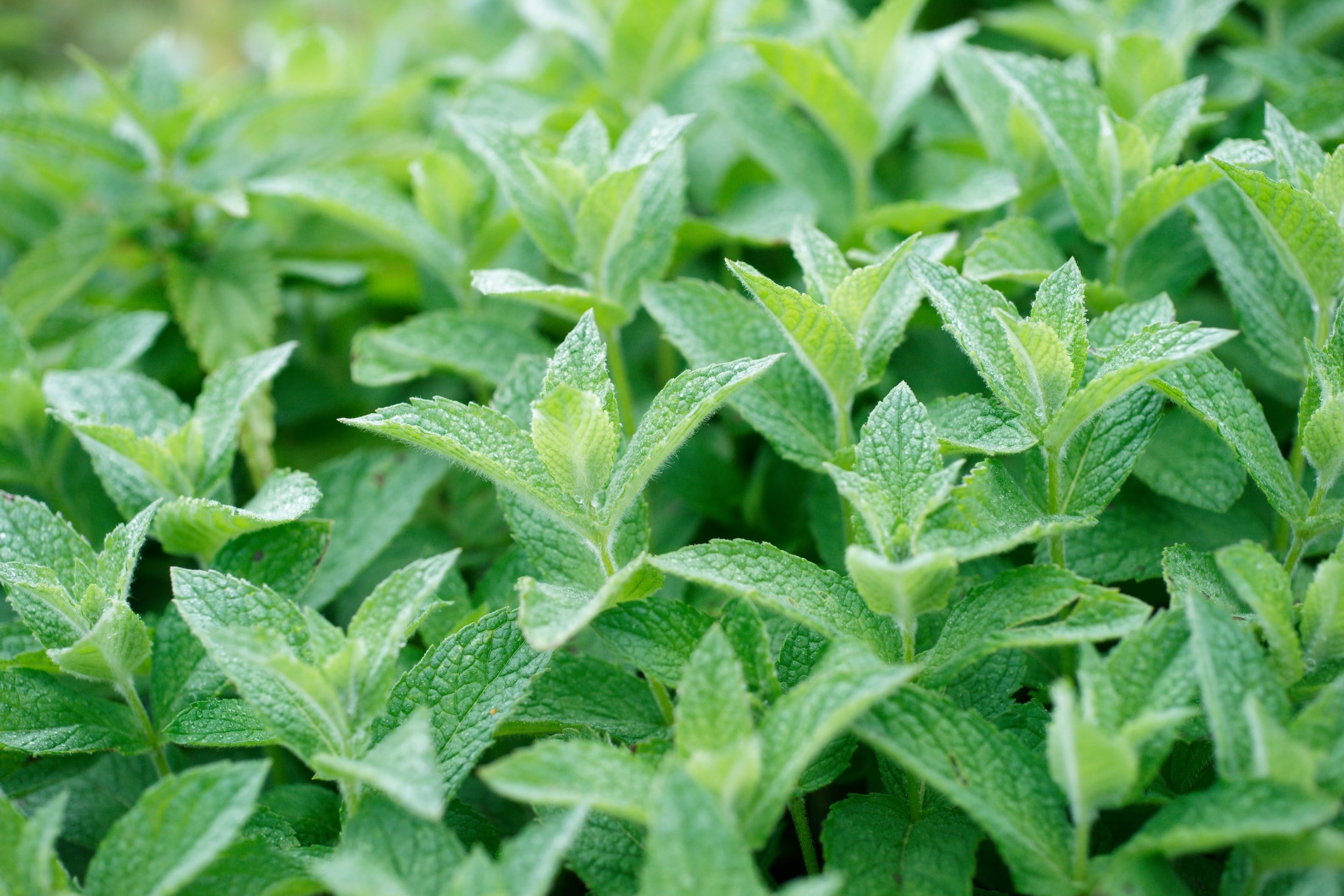Herbs That Can Be Planted Together: The Best Combinations
This article has links to products that I may make commission from.
Growing herbs indoors or in an herb garden is one of my favorite parts of gardening.
Not only can herbs add fresh flavors to your meals, but they can also be used to attract beneficial insects to your garden.
One of the best ways to grow herbs is by companion planting herbs together, which involves planting certain herbs together that complement each other's growth and repel pests.
Companion planting is a natural and sustainable way to grow plants and herbs.
It involves planting different species of plants together that provide mutual benefits, such as improved soil quality, increased pollination, and pest control.
Companion plants like herbs can also help improve the health and flavor of your plants and make your garden look beautiful.
Here are some of the best companion planting herb combinations that you can plant together in your herb garden or in pots.
To learn more about herb gardening, check out my guides:
Herbs to Plant Together
Thyme, Rosemary, and Sage
Thyme, rosemary, and sage are great companions as they are all Mediterranean herbs that require similar soil and sunlight conditions.
They can be planted together in a garden bed or in pots, and they can help attract beneficial insects like bees and butterflies.
Thyme, rosemary, and sage are all perennial herbs that grow well together because they have similar growth habits.
They all thrive in full sun, like what can be found in a south-facing garden, well-drained soil, and have similar watering needs.
Sage is known for its pest-repelling properties, especially against moths and beetles.
Planting it alongside thyme and rosemary can help to deter pests from damaging your plants.
When planted together, thyme, rosemary, and sage can complement each other's flavors and create a unique taste profile.
Thyme has a mild flavor, while rosemary is more pungent, and sage has a strong, earthy taste.
Using these herbs together in a recipe can add depth and complexity to your dishes.
These herbs have different shades of green foliage that can add interest to your garden.
Rosemary has blue-green leaves, while thyme has tiny, light-green leaves, and sage has gray-green leaves.
Planting them together can create an attractive and diverse herb garden.
Here are the thyme, rosemary, and sage seeds I recommend growing:
Learn more about growing sage with my guide:
Basil, Parsley, and Cilantro
Basil, parsley, and cilantro have complimentary growing habits and prefer well-drained soil and moderate watering.
They also grow best in partial to full sun, like the conditions found in a west-facing garden, making them ideal companions for each other.
When planted together, they can thrive in the same growing conditions, which makes them easier to care for.
They also have complimentary flavors: Basil has a sweet, slightly spicy taste, parsley has a fresh, slightly bitter taste, and cilantro has a bright, citrusy flavor.
When used together, they can create a complex flavor profile that can enhance many dishes, such as salads, soups, pasta dishes, and more.
Parsley and cilantro both have companion planting benefits and can attract beneficial insects, such as ladybugs and hoverflies, while basil can repel certain pests, such as mosquitoes and flies.
Planting them together can create a balanced ecosystem in your garden, which can help to control pests naturally.
Here are the basil, parsley, and cilantro seeds I recommend:
To learn more about starting an herb garden, check out my guides:
Chives, Mint, and Oregano
Chives, mint, and oregano all have different growth habits that complement each other.
Chives are small and clumping, mint is spreading, and oregano is upright.
When planted together, they can create a varied and interesting herb garden that can add visual interest to your outdoor space.
They also have complimentary flavors.
Chives have a mild onion flavor, mint has a refreshing and cooling flavor, and oregano has a bold and earthy flavor.
When used together, they can create a complex flavor profile that can enhance many dishes, such as salads, soups, and Mediterranean-inspired dishes.
They also have companion planting benefits.
Mint is known to repel certain pests, such as ants, while chives can attract beneficial insects, such as pollinators like bees and butterflies.
Oregano can also attract beneficial insects and can deter certain pests, such as aphids.
Planting them together can help to control pests naturally.
Just be careful to keep the mint in check by regularly pruning, as it has a tendency to spread and can take over the container.
Here are the chive, mint and oregano seeds I recommend growing:
For more herb garden inspiration, check out my guides:
Dill and Fennel
Dill and fennel are both considered good companion plants for each other.
Dill attracts beneficial insects like ladybugs and lacewings, which feed on aphids and other harmful insects that may attack fennel.
They also have soil compatibility.
Both dill and fennel prefer similar soil conditions, such as well-draining soil with a neutral to slightly alkaline pH.
This means that they can be planted together without one plant affecting the soil quality or nutrient availability for the other.
Dill and fennel are both tall, airy plants that can grow up to 4 feet tall.
Planting them together can save space in the garden and provide a beautiful vertical display.
Here are my recommendations for where to buy dill and fennel.
Learn more about starting a garden with my guide:
Lemon Balm, Lemon Verbena, and Lemon Thyme
Lemon Balm, Lemon Verbena, and Lemon Thyme all prefer full sun and well-drained soil.
Planting them together ensures that they receive the same amount of light and water, and they won't compete with each other for nutrients.
They are also great for pest control.
Lemon Balm and Lemon Verbena both have a strong citrus scent that can repel mosquitoes, flies, and other insects.
Lemon Thyme also has insect-repelling properties, making this trio a great choice for natural pest control in the garden.
And they of course have complementary flavors.
All three herbs have a lemony flavor and aroma that complement each other well.
They can be used together in teas, cocktails, and various culinary dishes to add a bright, citrusy note.
All three herbs have attractive foliage and can add a pop of green to any garden.
Lemon Balm and Lemon Verbena have a bushy growth habit, while Lemon Thyme is a low-growing, creeping plant that can provide a beautiful ground cover.
Here are the lemon balm, lemon verbena, and lemon thyme seeds I recommend:
For more herb growing tips, check out my guides:
FAQs
Can Basil and Rosemary be Planted Together?
Basil and rosemary can be planted together, but it's important to consider their individual needs and growth habits to ensure they thrive.
Basil is an annual herb that prefers rich, moist soil and full sun exposure.
It grows quickly and can be harvested multiple times throughout the growing season.
In contrast, rosemary is a woody perennial that prefers well-drained soil and full sun exposure.
It grows more slowly than basil and requires a drier soil environment to prevent root rot.
To plant basil and rosemary together, consider the following tips:
Soil:
Use a well-draining soil mix that is rich in organic matter to provide the necessary nutrients for basil and rosemary.
If your soil is heavy clay, add some sand or perlite to increase drainage.
Sun exposure:
Both basil and rosemary need full sun exposure to thrive.
Choose a location in your garden that gets at least six hours of direct sunlight per day.
Watering:
Basil needs consistent moisture to grow well, while rosemary prefers to be on the drier side.
Water your basil frequently, but allow the soil to dry out slightly between waterings.
Water your rosemary less frequently, allowing the soil to dry out completely between waterings.
Try to use water from sustainable sources like rainwater collected from a water butt.
Spacing:
Basil and rosemary should be spaced at least 12 inches apart to give each plant enough room to grow and prevent competition for nutrients.
In summary, basil and rosemary can be planted together as long as their individual needs are considered.
Provide well-draining soil, full sun exposure, and appropriate watering and spacing to ensure both herbs thrive.
To learn more about basil, check out my guide: How to Harvest Basil Seeds the Right Way.
Can Basil and Oregano be Planted Together?
Yes, basil and oregano can be planted together, and they make good companion plants for several reasons.
Similar growing conditions:
Both basil and oregano prefer full sun and well-drained soil, and they have similar water requirements.
Planting them together ensures that they receive the same amount of light and water, and they won't compete with each other for nutrients.
Complementary flavors:
Basil and oregano have complementary flavors that can enhance the taste of many dishes, especially Italian and Mediterranean cuisine.
Pest control:
Oregano contains compounds that can repel some pests, such as aphids and spider mites.
Plant herbs like oregano near basil can help protect it from pest infestations.
Attractive appearance:
Both basil and oregano have attractive foliage and can add a pop of green to any garden.
Basil has large, fragrant leaves that come in many different varieties, while oregano has small, delicate leaves that can be either green or variegated.
When planting basil and oregano together, it's important to consider their individual growth habits and spacing requirements.
Basil is an annual herb that can grow up to 2 feet tall, while oregano is a perennial herb that can spread up to 2-3 feet wide.
To ensure both plants have enough space to grow, plant them at least 12 inches apart and consider using a trellis or stakes to support taller basil plants.
To learn more about growing oregano, check out my guide Propagate Oregano: How to Multiply Your Herbs.
Which herbs should not be planted together?
Mint is a very aggressive herb that can easily take over a garden bed or container.
Mint spreads rapidly through its roots, which can quickly grow into a dense mat and overtake other plants in the container.
Once established, it can be challenging to remove or control mint in a garden bed, so planting it in a separate container can prevent it from spreading and becoming invasive.
When planting mint in a container, make sure to choose a container that is at least 12 inches deep and wide enough to allow the plant to spread.
Also, consider using a container with a bottom that is perforated to allow for adequate drainage.
Mint thrives in well-draining soil, and it is essential to keep the soil consistently moist but not waterlogged.
Planting mint in a separate container also allows you to control its growing conditions, such as sunlight, water, and soil nutrients.
This can help you create an optimal environment for your mint plant and improve its overall health and flavor.
What herbs grow well indoors?
Many herbs can grow well indoors, given the right growing conditions, such as adequate light, proper temperature, and sufficient water and nutrients.
Here are some herbs that are well-suited for indoor growing:
Basil:
Basil is a popular herb that grows well indoors and can add a fresh and aromatic flavor to your dishes.
It prefers a warm and sunny spot and needs regular watering to keep the soil moist.
Learn How to Propagate Basil Like a Pro
Mint:
Mint is a versatile herb that can grow in low to medium light and can be used to add flavor to drinks, desserts, and savory dishes.
It needs regular watering and can benefit from occasional fertilizing.
Check out our article on how often to water mint.
Parsley:
Parsley is an easy-to-grow herb that can thrive in a sunny windowsill or under grow lights.
It prefers a well-draining soil and requires regular watering to keep the soil moist.
Thyme:
Thyme is a hardy herb that can grow well in a bright and sunny spot indoors.
It prefers a well-draining soil and can tolerate dry conditions, so be careful not to overwater it.
Chives:
Chives are a versatile herb that can add a mild onion flavor to a variety of dishes.
They can grow well in low to medium light and prefer well-draining soil and regular watering.
Oregano:
Oregano is a hardy herb that can grow well in a bright and sunny spot indoors.
It prefers a well-draining soil and needs regular watering to keep the soil moist.
Check out the full list of The Undisputed Best Oregano Companion Plants.
Sage:
Sage is a fragrant herb that can add a savory flavor to many dishes.
It grows well in a bright and sunny spot indoors and prefers well-draining soil and regular watering.
Check out my guide to The Art of Harvesting Sage.
What Herbs can be Planted with Parsley?
Parsley is a versatile herb that can be used in a variety of dishes, including soups, stews, salads, and sauces.
It is also a great companion plant that can benefit other herbs when planted together.
Here are some herbs that can be planted with parsley:
Chives:
Chives are a great companion plant for parsley as they help to deter pests and attract beneficial insects such as bees and butterflies.
They also have similar growing requirements and can grow well together in the same container or bed.
Basil:
Basil is another herb that can be planted with parsley as they have similar soil and light requirements.
They also complement each other's flavors and can be used together in many dishes.
Thyme:
Thyme is a hardy herb that can grow well with parsley in a sunny spot with well-draining soil.
They both prefer regular watering, but be careful not to overwater them as they can both be susceptible to root rot.
Rosemary:
Rosemary is a woody herb that can grow well with parsley in a container or bed with well-draining soil and plenty of sunlight.
They both have similar water requirements and can benefit from occasional fertilizing.
Cilantro:
Cilantro is an herb that can be planted with parsley as they have similar growing requirements and can complement each other's flavors.
They both prefer well-draining soil and regular watering.
When planting herbs together, it is important to consider their growing requirements, such as soil type, sunlight, water, and temperature, to ensure that they can thrive together and produce a bountiful harvest.
How Close can you Plant Herbs Together?
When planting herbs together, it is important to consider their individual growing requirements, including their mature size, water and nutrient needs, and how much sunlight and airflow they require.
As a general rule, herbs can be planted relatively close together, but it is best to leave enough space for each plant to grow and thrive without competing for resources.
A good guideline for planting herbs in a raised bed or container is to space them about 6-8 inches apart.
This will provide enough room for each plant to grow and spread out, while still allowing them to be close enough to benefit from companion planting and shared growing conditions.
If you are planting in a traditional garden bed, you may want to space herbs a bit farther apart, depending on their mature size and growth habits.
For example, large herbs like rosemary or sage may need to be spaced 1-2 feet apart to allow for their full growth and spread.
When planting herbs together, it's also a good idea to consider their root systems and growth habits.
For example, some herbs, like mint, can spread aggressively through underground runners and may need to be planted in a separate container to prevent them from taking over the garden.
In summary, while herbs can be planted relatively close together, it's important to consider their individual growing requirements and leave enough space for each plant to grow and thrive.
By doing so, you can create a beautiful and productive herb garden that provides a bountiful harvest of fresh and flavorful herbs.
Planting herbs together can be an excellent way to maximize your garden space and create a diverse and healthy ecosystem for your plants.
However, it is essential to be mindful of which herbs can be planted together to avoid compatibility issues, competition for nutrients, or attracting pests and diseases.
Remember to pay attention to factors such as soil type, sunlight, water, and temperature, as these can have a significant impact on your plants' growth and productivity.
With a little planning and attention, you can enjoy a beautiful and functional herb garden that provides fresh herbs for your cooking and adds beauty and fragrance to your outdoor space.
Also check out my guide to How to Store Dried Herbs: Tips to Ensure they Last Longer.
